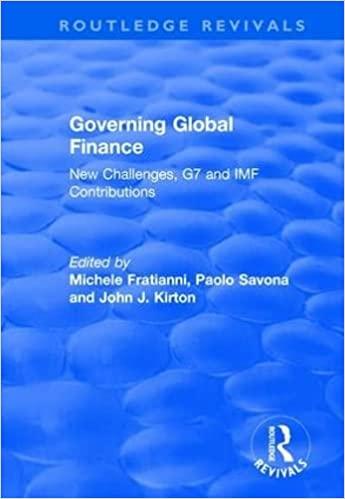Compared to variance, the more accurate (and widely accepted) measure of risk in the stock market is _________
CAG is a large food wholesaling intermediary. CAG does well financially (and its stock does well also) most of the time. During times of recession, CAG continues to do well. CAG is an example of what type of stock?
| | Defensive |
| | Cyclical |
| | Rotation |
| | Beta |
The chance that the United Auto Workers Union may go on strike, affecting four large manufacturers, is most accurately classified as ___________ risk.
The way that this course has defined "risk" is the chance that __________________.
| | | A) | the returns will be different then the average, or expected return. | |
| | | B) | the returns can be accurately tracked. | |
| | | C) | the investor will make a great investment choice. | |
| | | D) | the returns will be zero. | |
F is a car manufacturer. Their company's fortunes rise and fall with the economy. When the USA goes into a recession, the company's sales suffer and the stock tends to suffer as well. When the economy is booming, F does very well. F is an example of what type of stock?
Which of the following asset allocation strategies accounts for risk (among other things)?
Alexander buys AXP for $20 per share. Two years later, Alex sells AXP for $25 per share. In the meantime, AXP paid a total of $5 per share in dividends. Calculate AXP's holding period return:
A graph depicting all possible combinations of the assets in one's portfolio resulting in the lowest level of standard deviation for the highest level of return (at that particular risk level) is known as a(n) _______________
| | |
| | |
| | |
| | | D) | maximum variance portfolio. | |
A risk that a war will adversely affect a large number of assets (stocks) is known as a __________ risk.
A stock has forecast HPR as follows under three different scenarios (recession, growth, neutral): Scenario 1 (recession): probability = .20, HPR = .10; Scenario 2 (growth): probability = .20, HPR = .28; Scenario 3 (neutral): probability = .60, HPR = .15. Calculate the Expected Return for this stock:
According to portfolio theory, it is theoretically possible (and it is the actual goal) to combine two risky assets resulting in an overall portfolio standard deviation that is _________________
| | | A) | lower than any of the individual standard deviations. | |
| | | B) | higher than any of the individual standard deviations. | |
| | | C) | the average of the individual standard deviations. | |






